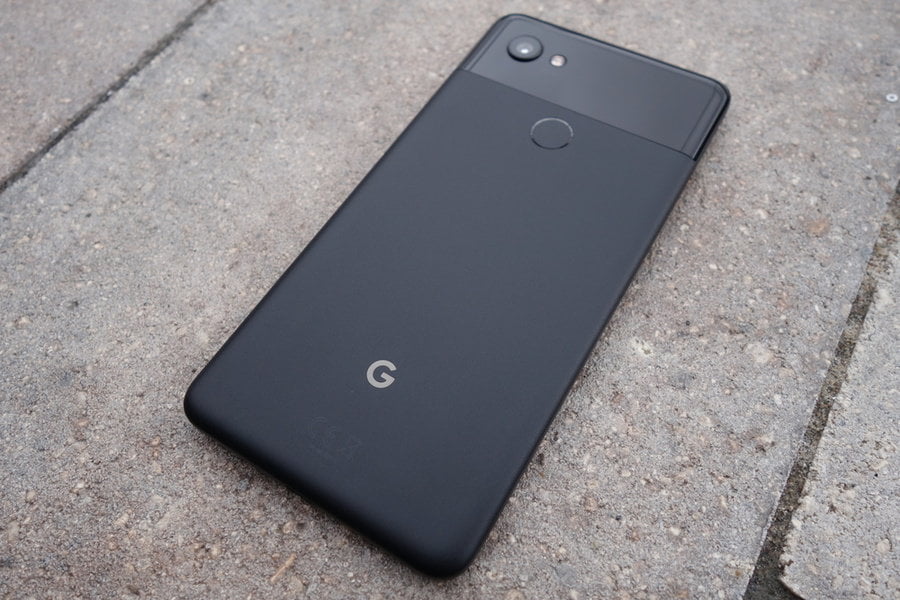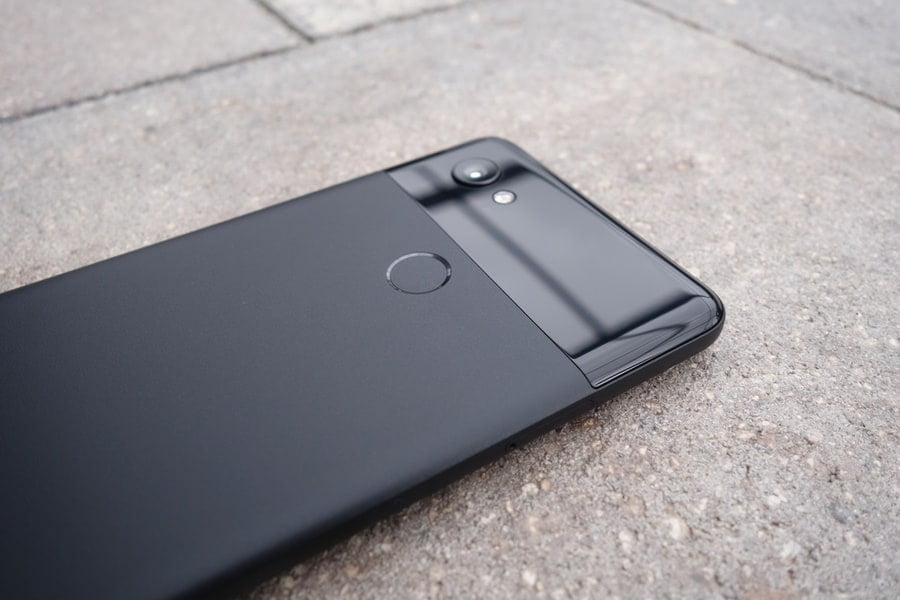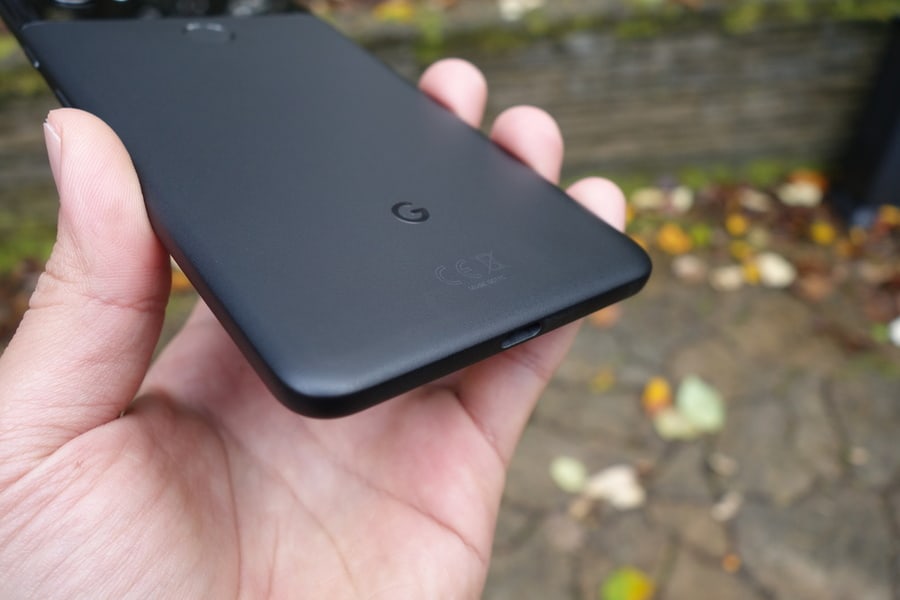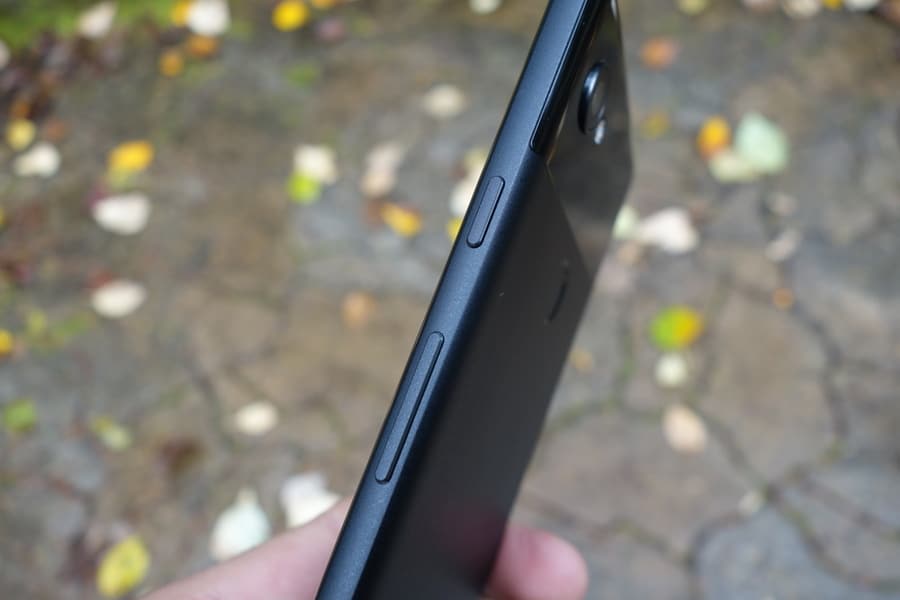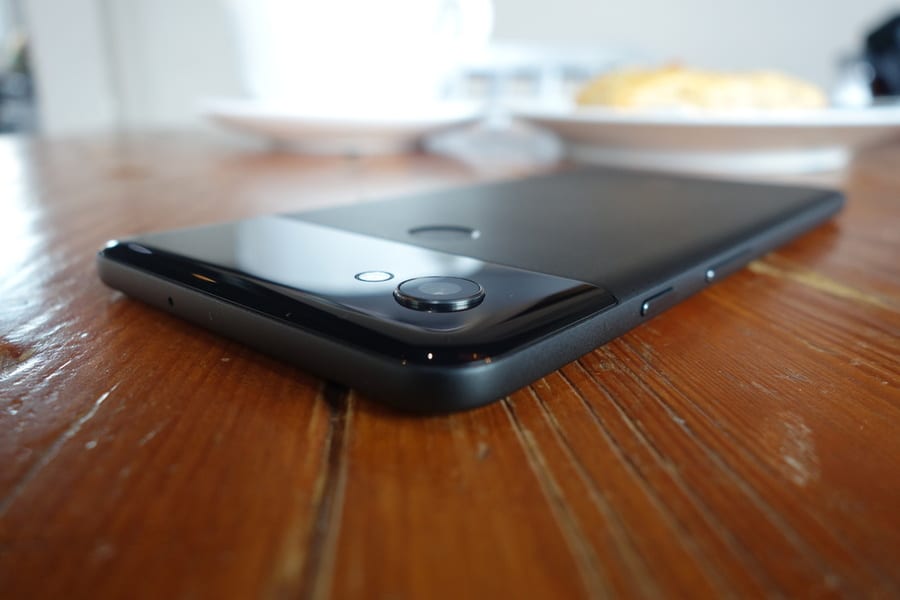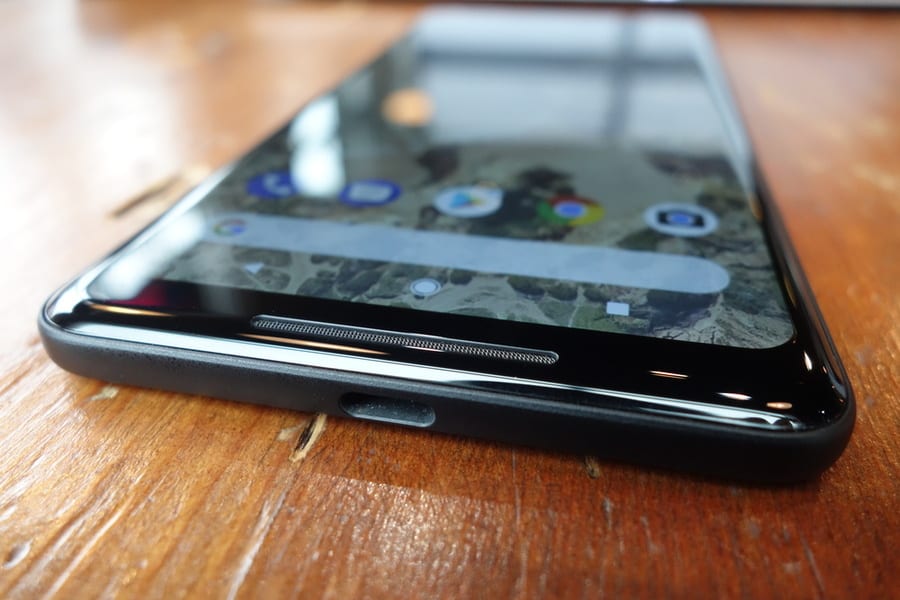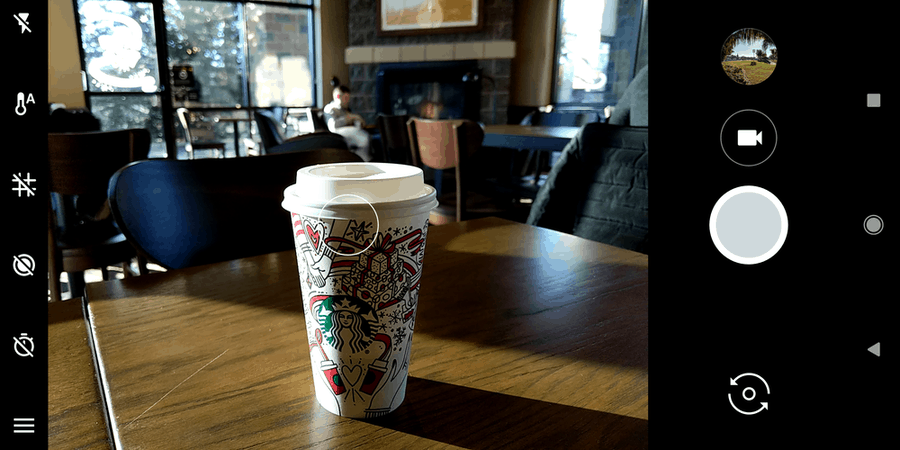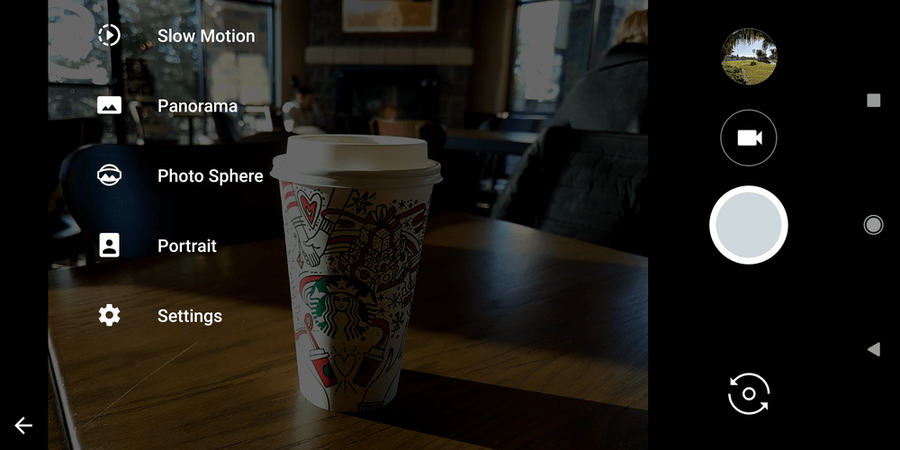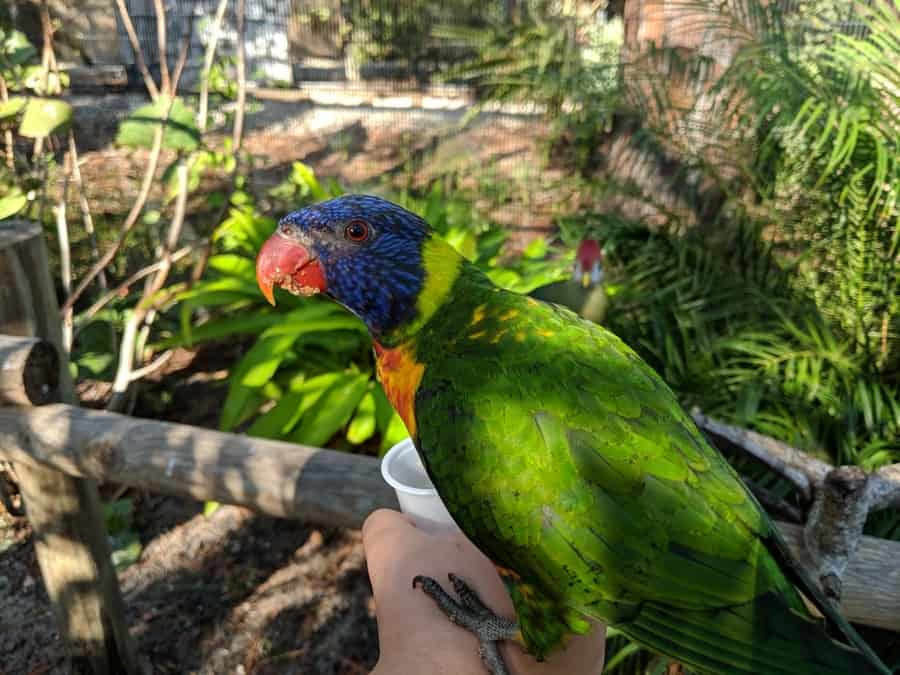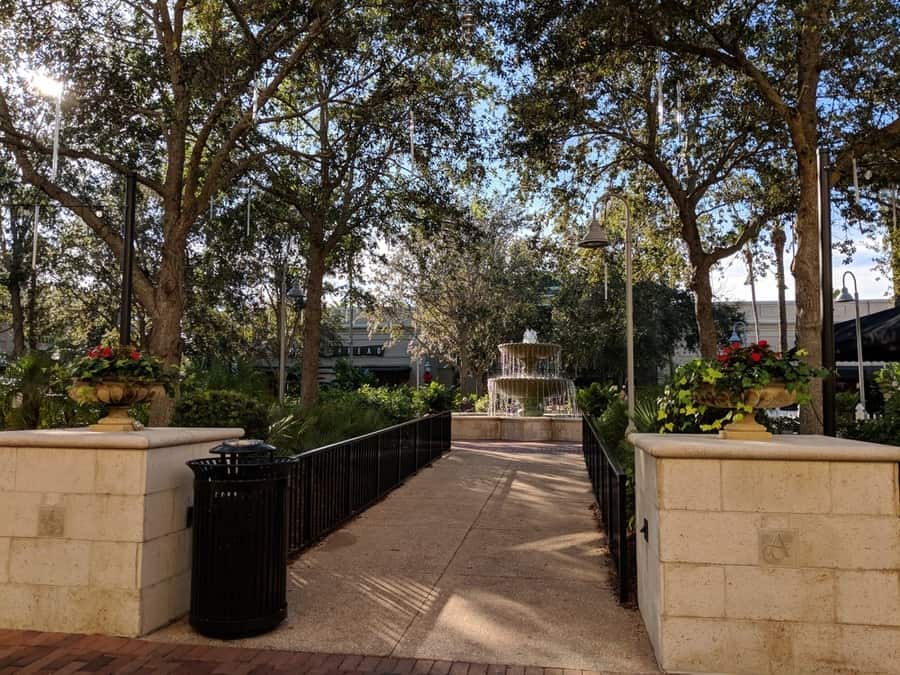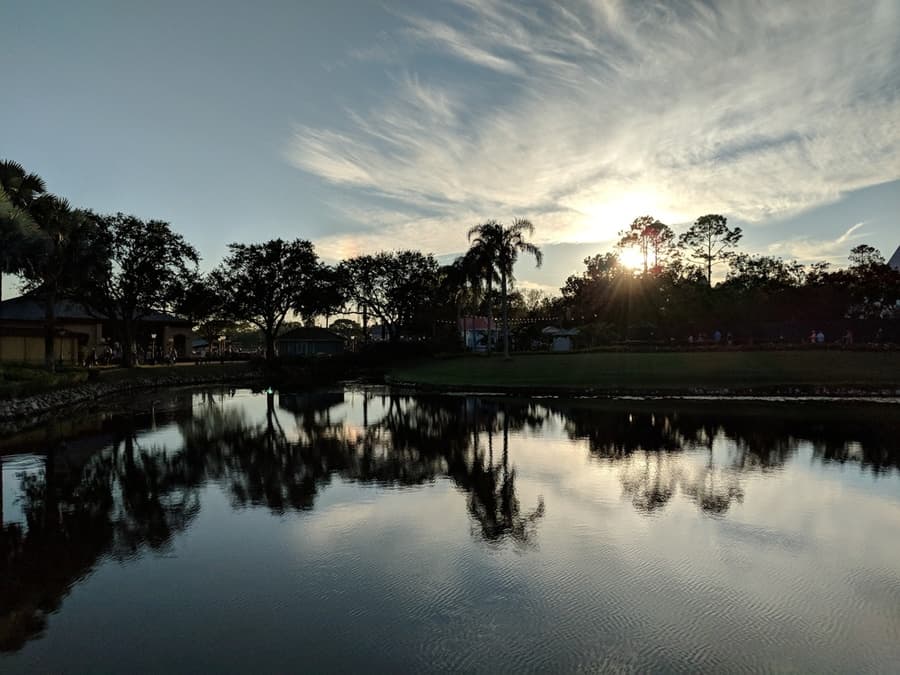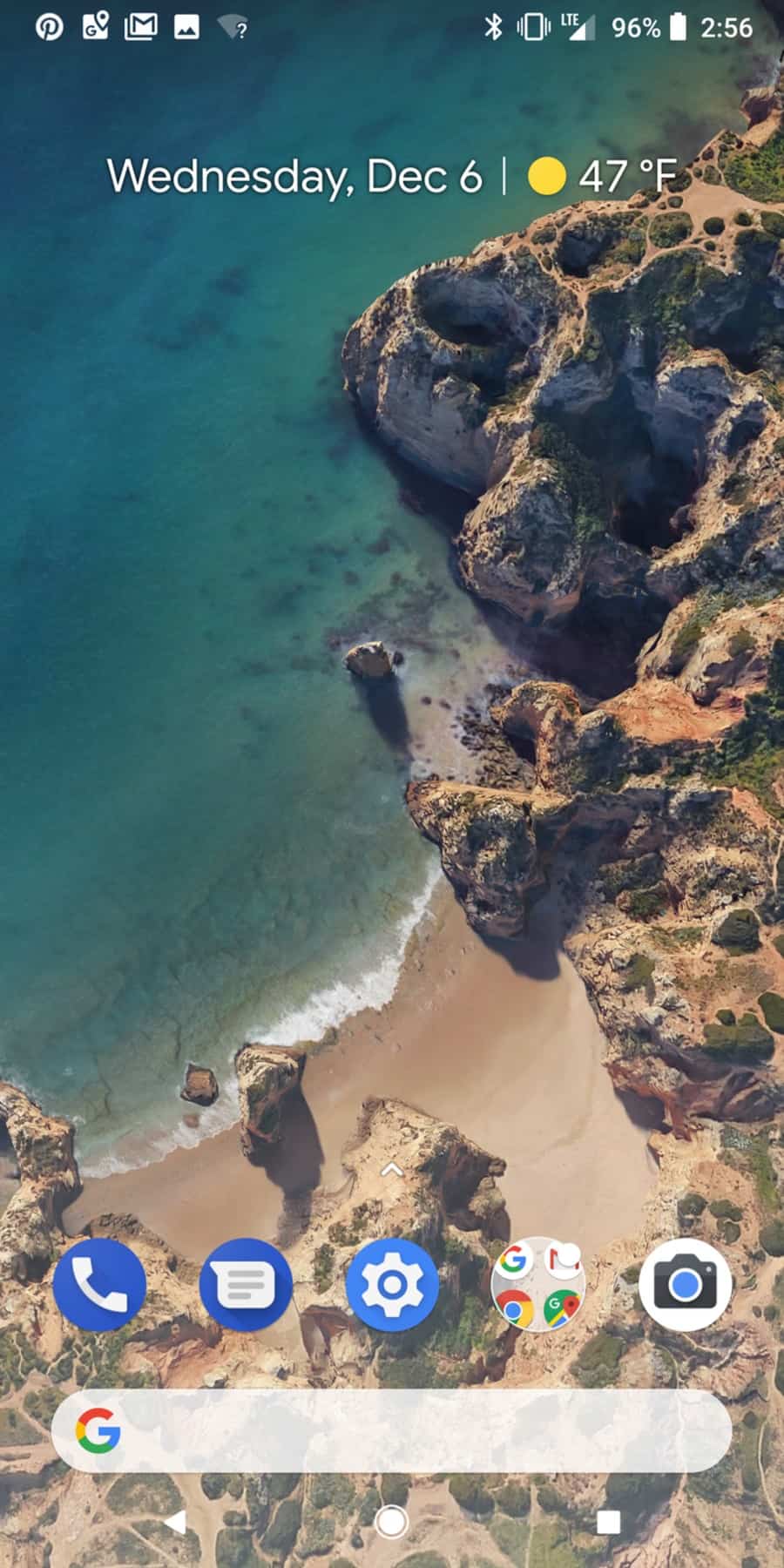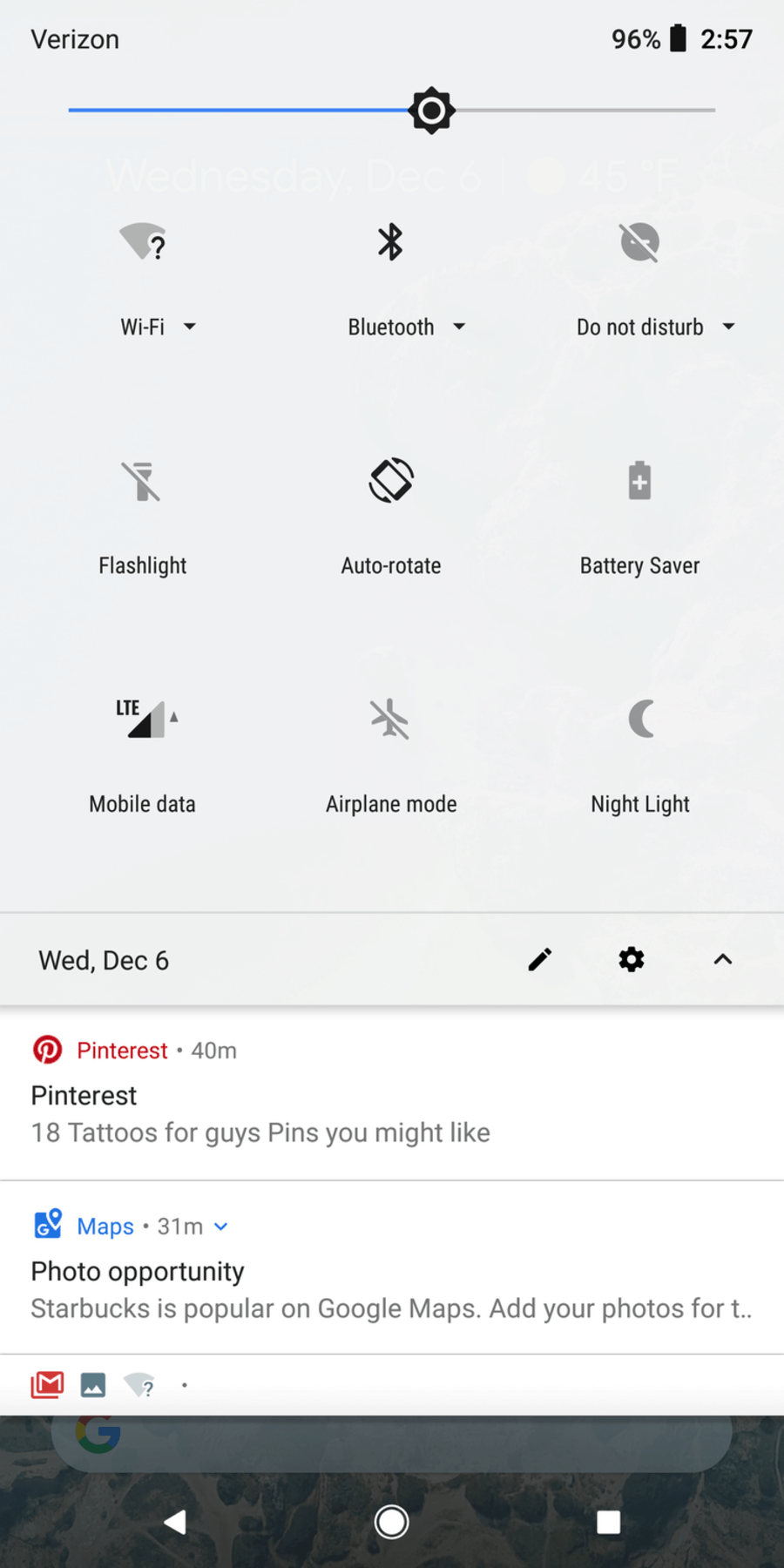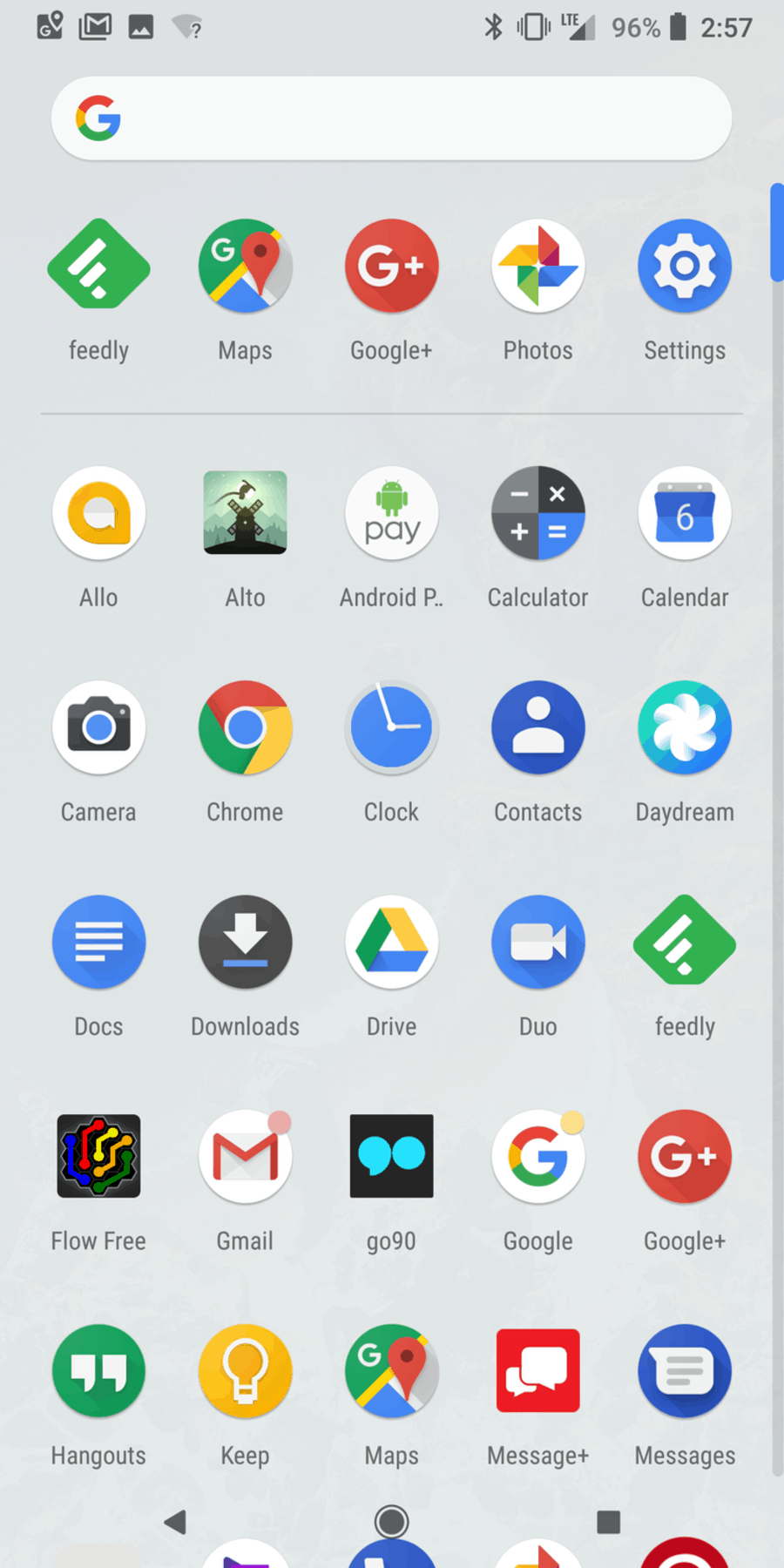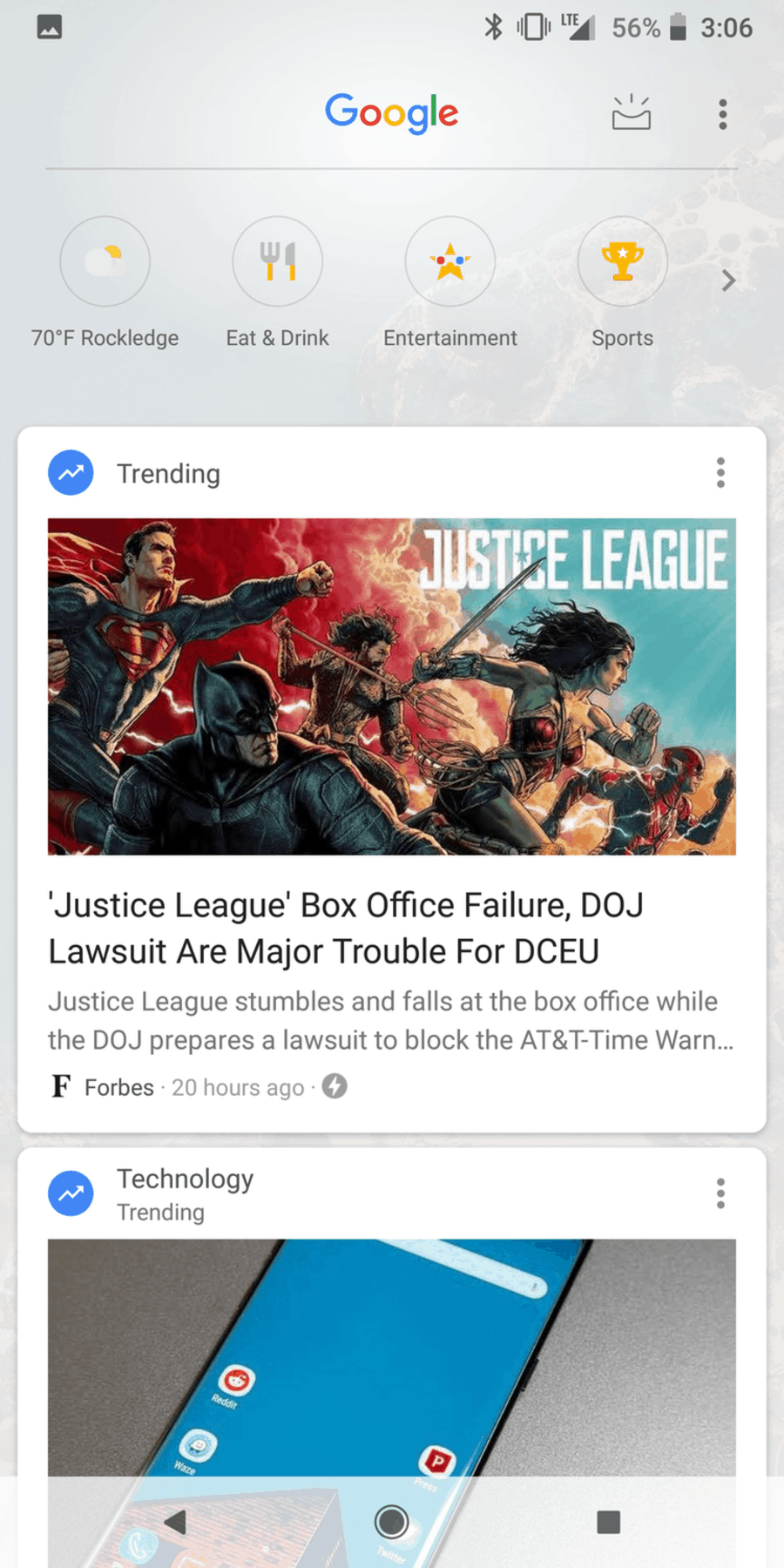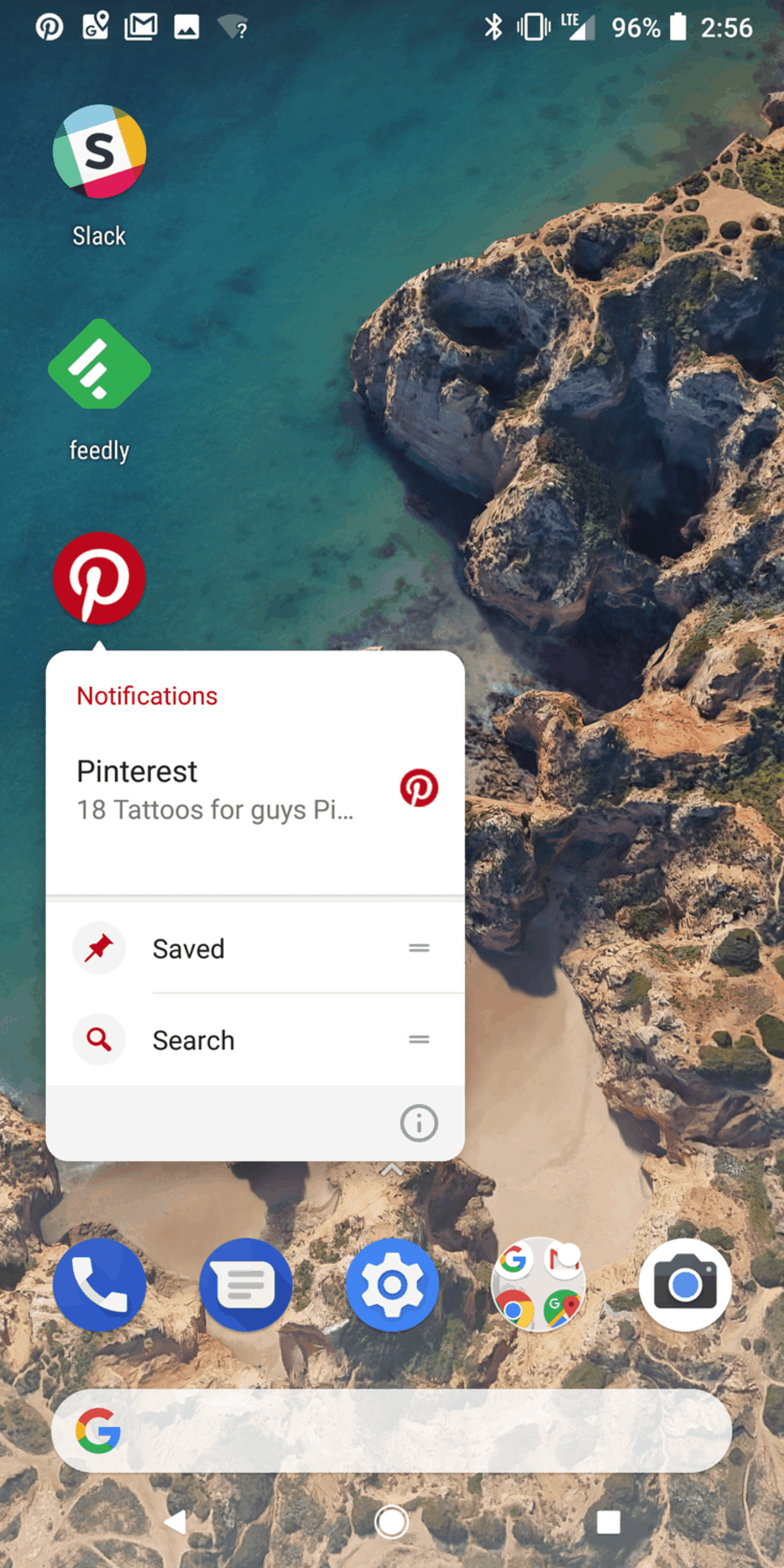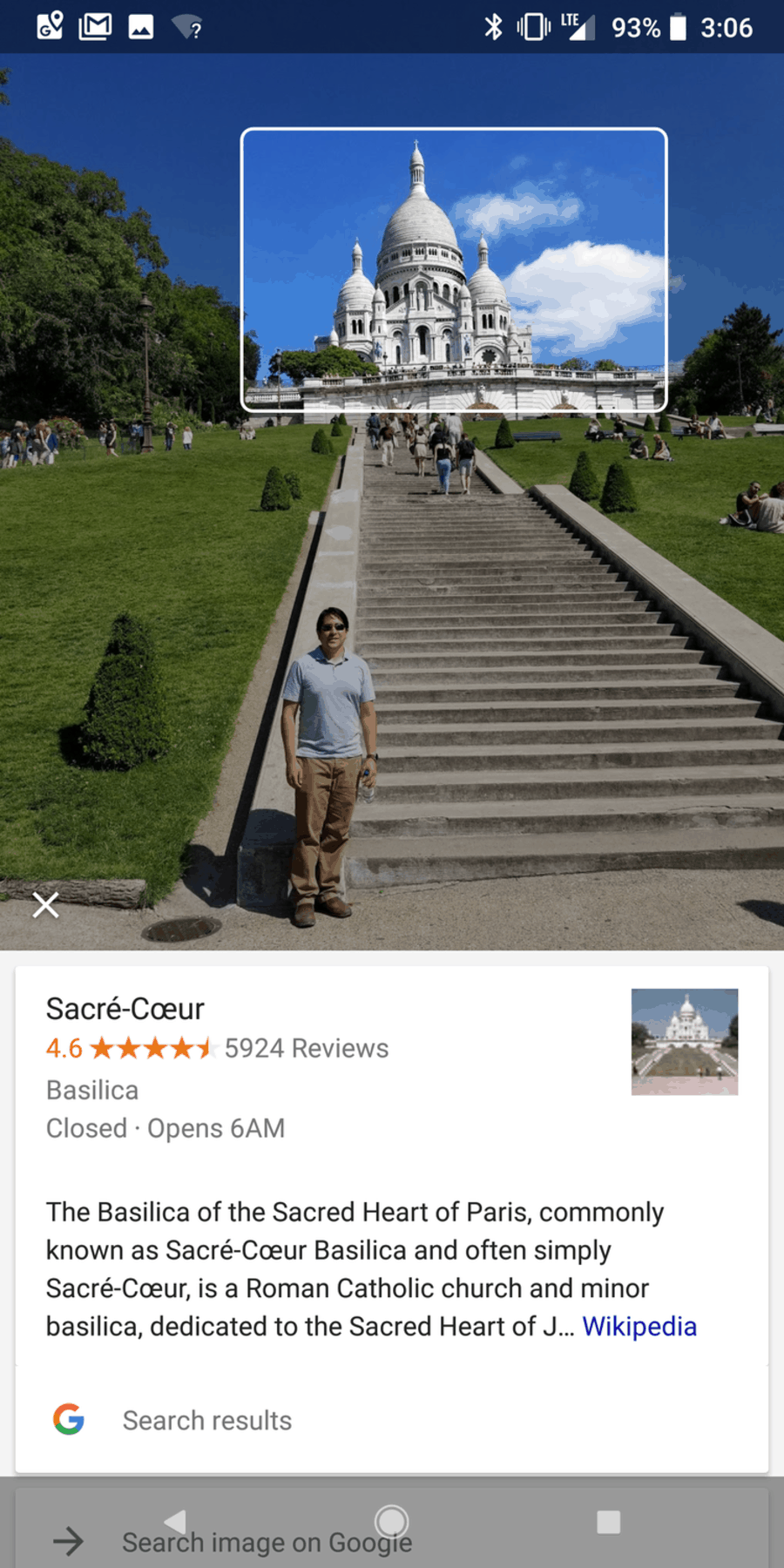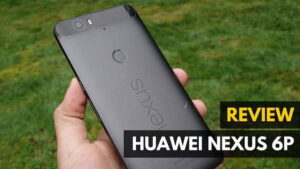The sequel to Google’s new and home-brewed smartphone line is here. There was a lot that we loved in the original Google Pixel last year, particularly its top-notch camera performance and speedy software.
The Pixel 2 once again lands in two flavors – a 5.0” base model and a 6.0” XL model (which this review is for), and with street exclusivity on Verizon. See how these the specs of the Pixel stack up against another phone in our Motorola Blaze revealed review. Despite the size difference, Google was mindful to maintain the same specs across both models. The only differences are the screens and battery capacities (and prices). If you can’t afford to spring on the XL, try the Alcatel IDOL 4s Android smartphone.
Does Google’s latest have the prowess to leapfrog the stiff competition? We’ll cover it in our Google Pixel 2 XL Smartphone Review – thanks to our friends at Verizon Wireless for lending us a review unit! Compare the Pixel with the HTC in our HTC One M7 vs HTC One M8 review.
Overview
Price: $35/month or $850 on Verizon
Available: Nov. 2017
Model: Pixel 2 XL
Summary: The Pixel 2 XL is an iterative update to Google’s first home-brewed smartphone in 2016. There are numerous enhancements, such as the more reasonable screen-to-body ratio, dual front speakers, camera prowess boost, and larger battery. But these aren’t without a couple steps back in the form of questionable display quality and forgone headphone jack.
What We Liked
- Excellent construction and in-hand feel
- Stellar external audio
- Support for higher fidelity wireless audio
- Great battery life
- Arguably the best camera in a smartphone
- Best performing Android software
What We Didn’t
- P-OLED screen grainy in lower brightness
- Noticeable camera hump
- No microSD card slot
- No headphone jack
- No wireless charging
Google Pixel 2 XL Specs
| Display | 6.0″ (18:9 aspect ratio), P-OLED, QHD resolution (1,440×2,880) |
| Chipset | Qualcomm Snapdragon 835 (octa-core, 2.35 GHz, Adreno 540 GPU) |
| Memory | 4GB of RAM |
| Storage | 64GB or 128GB internal, no microSD card expansion |
| Rear Camera | 12.2MP single rear camera (f/1.8, OIS, Portrait mode) |
| Front Camera | 8MP (f/2.4 aperture, Portrait mode) |
| Battery | 3,520 mAh (non-removable) |
| Software | Android 8.0 (Oreo) |
| Colors | Just Black or Black & White |
| Price | $850 |
| Buy Now |
Design
The Pixel 2 doesn’t stray far from the design language of the original, but with some noticeable refinements. One of those is the reduction of the glass on the rear. The casing of the Pixel phones are uniquely constructed with a combination of metal and glass, where most smartphones go with one or the other material. We not only prefer this update but also welcome the new finish that Google experimented with atop the metal. The coating has a soft-feeling granular texture, almost like ceramic to the touch but still gives off the cold metal feel, and it serves well for grip too. It uniformly curves around to the sides, adding to the phone’s sentiment of refinement.
One of the things we didn’t care for on the original Pixel smartphones was their substantial bezels. We’ve seen a lot of progression on that front in 2017, led by Samsung and LG. You’re in luck if you opt for the larger Pixel 2 XL.
While it’s not quite the screen-to-ratio-busting device like the Samsung Note 8 or LG V30, it is a lot better than before (sadly, the same cannot be said for the smaller Pixel 2). A consolation can be that Google has returned to dual front-facing speakers, which is an unfortunate rarity in smartphones these days. The external audio experience on this phone is superb.
The original Pixel had arguably the best camera on a smartphone, but Google didn’t want to stop there. This is evident by the fact that the Pixel 2 has taken a step back in form by going with a camera module that results in a camera hump (the original Pixel phones had flush camera lenses). And it’s not a small hump either.
Another backwards step (or forward, depending on who you ask) is the omission of the 3.5mm headphone jack. Google is going all in to the wireless world, like Apple has done, so you’ll have to look at offerings from Samsung or LG if you’re not ready to let go of your favored wired headset. Or you can go the dongle route. Google does include a USB-C to 3.5mm jack adapter in the box.
Performance
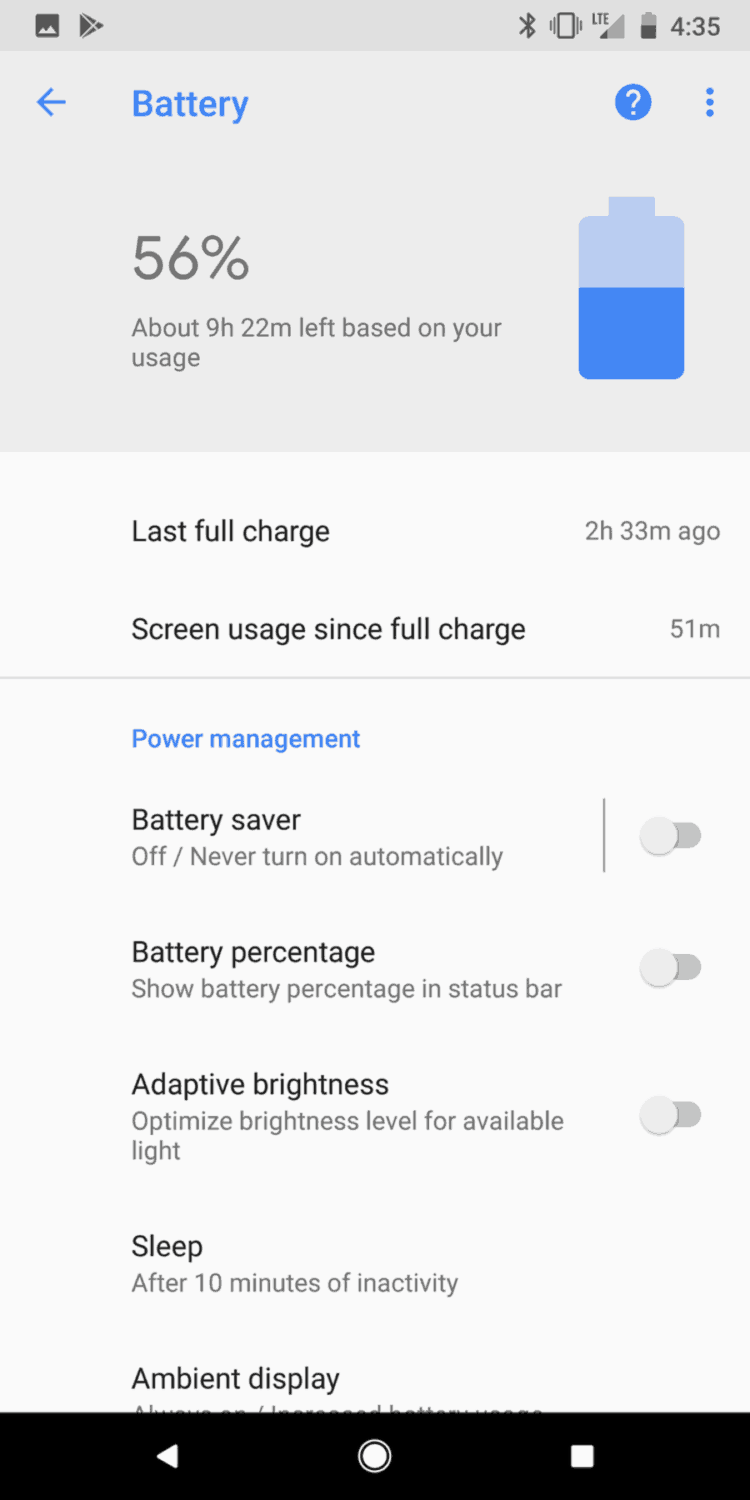
Under the hood, Google matches the rest of its Android competitors with an octa-core Snapdragon 835 and 4GB of RAM. This is a proven combo, as every such phone we’ve tested was zippy. Though, the degree of speediness noticeably varied, attributed to the extra software and optimizations that the different manufacturers put in place.
Google on the other hand runs the cleanest and best optimized version of Android, because the software giant owns the OS – and it shows. Navigation through the interface is always buttery smooth and flawless.
One of our gripes last year was that the base Pixel had a measly 32GB storage capacity, especially since Google doesn’t support the microSD card slot. There is still no microSD slot on the Pixel 2, but we now at least start with 64GB. Google also neglects wireless charging once again for whatever reason. Maybe it should take note of the stance third-party smartphone manufacturers have taken, and if anything, what the consumer wants.
Moving on to the good news, the battery capacity on the Pixel 2 XL has jumped up to 3,520 mAh. This is a decent amount these days. As a comparison, it’s 220 mAh more than the similarly sized LG V30. And because Android is better than ever, this equated to some stellar battery life in our testing. You’re pretty much guaranteed to get through the day, unless you’re frequently doing something heavy like gaming.
Display
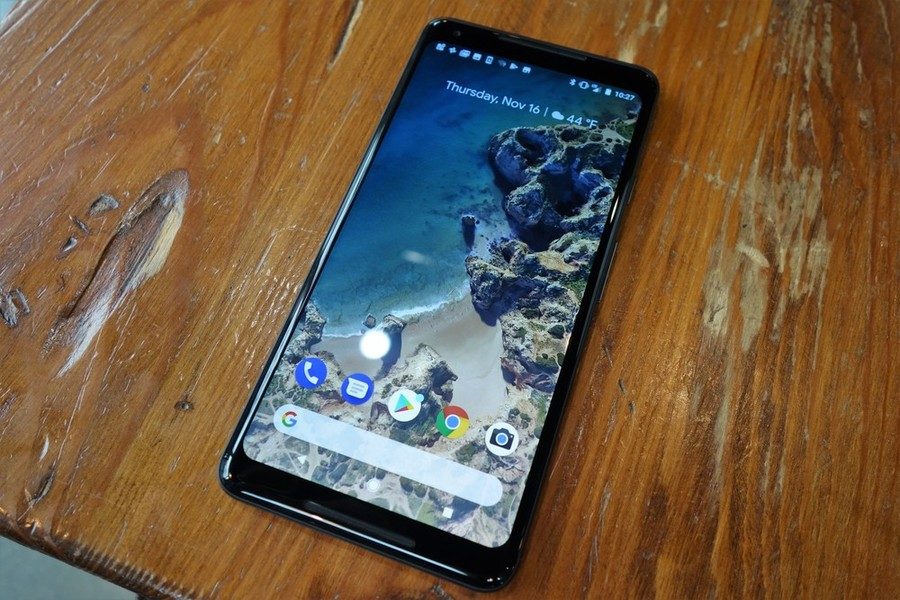
Unlike the smaller Pixel 2 and its 5.0” Samsung-manufactured AMOLED display, the Pixel 2 XL opts for LG’s P-OLED 6.0” panel at a 2:1 aspect ratio. It’s practically the same thing we saw on the LG V30, which if you take a look at our review, isn’t the best thing. It’s inferior to Samsung’s variant in all ways (i.e. color accuracy, viewing angles, brightness). To our eyes, the Pixel 2 XL’s version is a bit better than the V30’s in terms of color uniformity, but it also exhibits grainy-ness at lower brightnesses. There is also a prevalent blue-ish color shift at viewing angles.
It’s important to know that Google implements what it deems as a “Natural” color palette. Compared to other OLED screens, the colors on the Pixel 2 look muted or dull. We give it to Google that most of the time OLED panels do exaggerate colors, but it’s our opinion that Google takes it too much to the other extreme. A “Boosted” color mode is offered, that is said to boost the colors by 10%, but it barely does anything to our eyes. After some complaints, Google has since added a “Saturated” color option, but it appears to merely boost the red levels.
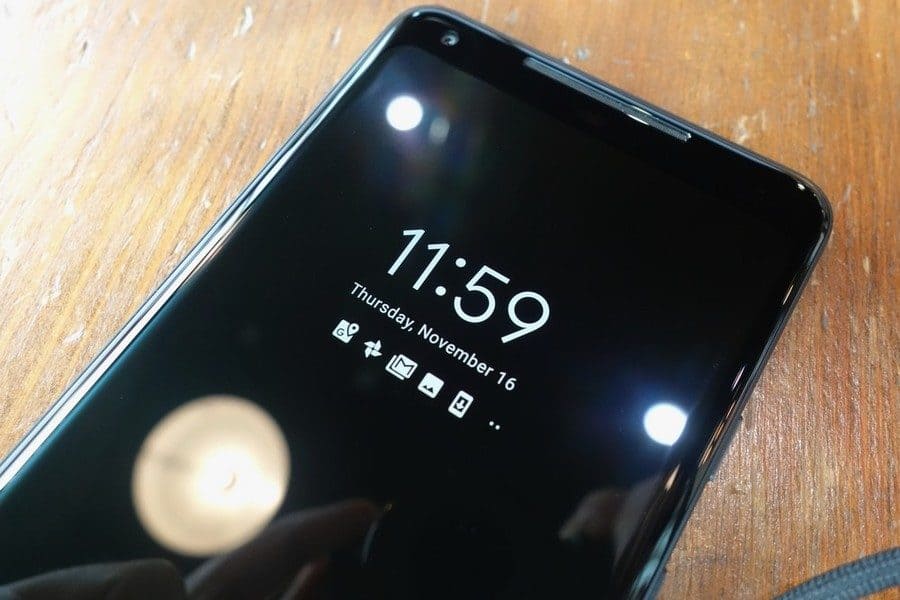
Google has been a bit behind when it comes to the Always-On Display (information shown on the screen while it’s off). We’re glad to see it on the Pixel 2. You’ll see standard things like the clock and date but also a lineup of icons for notifications. There’s no interact-ability with any of the information, but you’ll at least see a preview of the notifications when they come in.
Camera
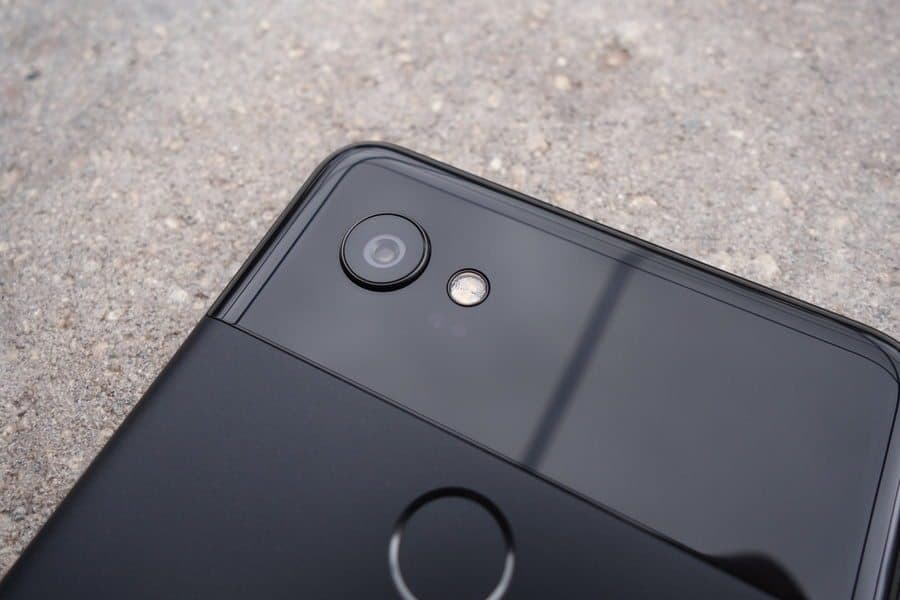
In 2017, we haven’t only seen the shrunken bezel trend but also dual rear cameras. Manufacturers choose different reasons to throw in a secondary sensor. Among them we’ve seen 2x telephoto, monochrome (for better capture of lighting), or wide-angle sensors. Google instead goes its own way, which we don’t necessarily feel is for the worse. Yes, it’s a single camera sensor, but it has some neat tricks up its sleeves.
Most of the dual camera systems utilize the second sensor to capture the differential focus of a subject in order to produce a bokeh or depth of field effect. But Google has managed to achieve it uncompromised with only one sensor. This is done via a Dual Pixel system, which splits the pixels in the sensor. Each set captures the different focuses and processing puts it together. This system isn’t unlike what Samsung uses, but they instead use to focus faster. And Google enabled the capability on the front camera as well.

Another new addition is optical image stabilization (OIS). The original Pixel only had electronic stabilization. Now there’s both and the result is superb. In our usage, it was only in dark situations where some blur may show up in the shot. It was about flawless in normal conditions. Our only gripe is that the Auto-Focus (AF) only focuses at the center. So if the subject is moving or even just off-center, it will show up out of focus. Check out our sample shots below.
Software
One of the biggest selling points of Google phones is the software. The Android OS was made by Google, so the most refined experience and best optimization come from it. Sure, third-party manufacturers often incorporate features you can’t find in stock Android, but the same can be said about Google at each iteration of the Android OS (which is now up to version 8.0, aka Oreo).
Compared to Android 7.0 (Nougat) on the original Pixel, there wasn’t a lot changed on the surface. You still get the Google Now panel on the most left, and the app drawer opens and closes swiftly with a swipe up and down. The most apparent thing is the persistent clock/weather widget at the top and Google search bar on the bottom. Strangely, these two items are stuck the way they are – there’s no way to replace them or even remove them. We’re shocked that Google did this on an OS that’s supposed to represent user freedom.
Google made a significant effort to make notifications cleaner. Folks plagued by frequent notifications will welcome how they now efficiently consolidate. Whatever doesn’t fit in the drop-down shade gets overflowed as a collection of icons at the bottom (user expandable). What’s more, there’s a priority system now in place. The user can not only give apps notification priority, but even the type of notification from each app.
A couple other new features are Picture-in-Picture mode (PnP) that is able to turn a video into a floating window (for multitasking), dynamic icons that show notification badges and unique options with a long-press, and the debut of Google Lens, which can query information of things within images you take. There is also the new Now Playing feature. When enabled, anytime the phone detects music, it will display the track information at the bottom of the Always-On Display.
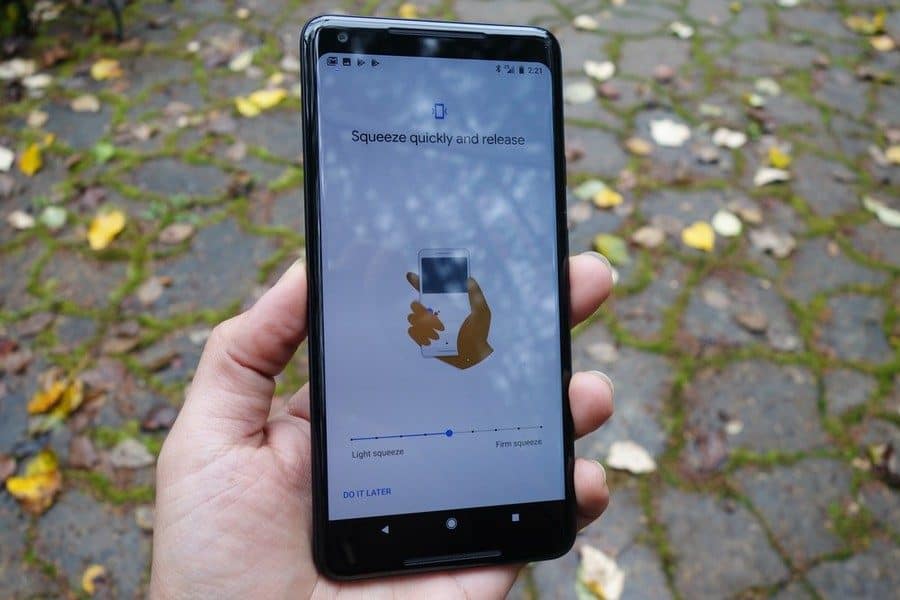
Final Thoughts
The Pixel 2 XL is an interesting smartphone. We would sum it up as an all-around decent smartphone that has the best camera and software performance you can find on an Android phone today. It doesn’t have the overall finesse that some of its direct competition have nailed, like a near edge-to-edge display or a fetching form. The quality of the P-OLED screen also leaves to be desired. But worthy features like the dual front speakers, great battery life, Portrait mode on the back or front, and latest Android tricks put this flagship on the definite short list.
Also Read: Best Smartphones of 2017
